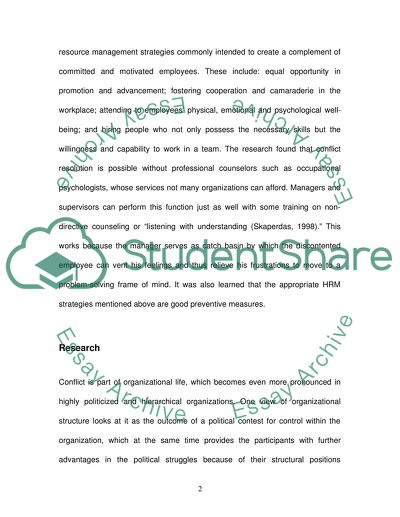Cite this document
(Bargaining and Negotiation:The Best Conflict Resolution Methods Research Paper, n.d.)
Bargaining and Negotiation:The Best Conflict Resolution Methods Research Paper. https://studentshare.org/professional/1532299-bargaining-and-negotiation
Bargaining and Negotiation:The Best Conflict Resolution Methods Research Paper. https://studentshare.org/professional/1532299-bargaining-and-negotiation
(Bargaining and Negotiation:The Best Conflict Resolution Methods Research Paper)
Bargaining and Negotiation:The Best Conflict Resolution Methods Research Paper. https://studentshare.org/professional/1532299-bargaining-and-negotiation.
Bargaining and Negotiation:The Best Conflict Resolution Methods Research Paper. https://studentshare.org/professional/1532299-bargaining-and-negotiation.
“Bargaining and Negotiation:The Best Conflict Resolution Methods Research Paper”. https://studentshare.org/professional/1532299-bargaining-and-negotiation.


